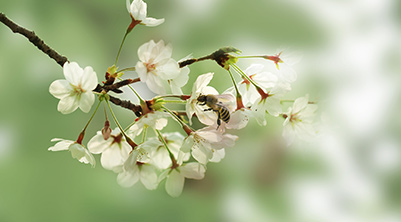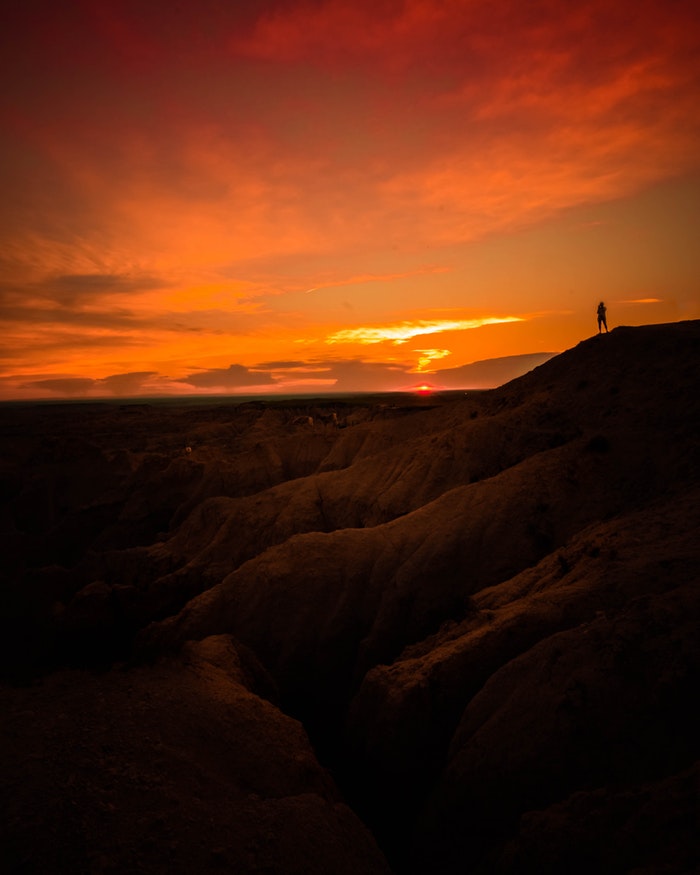It has been said in many scriptures that although the comparable version is not genuine nonpoisonous dedication, it can be used as a substitute. For example, how do we dedicate the merit accrued from liberating animals? We should sincerely make a vow, “However the Buddhas of the past, present and future dedicate their merit, I will do the same as well.” This would be nonpoisonous dedication. Naturally, we can also recite the Practices and Vows of the Bodhisattva Samantabhadra as it contains many auspicious dedications. If not knowing how or not having the time to recite the whole text, we can just recite the eight lines in the two stanzas from “In whatever way valiant Manjusri and Samantabhadra know how to transfer merit” to “I dedicate all of these roots of virtue to accomplishing the deeds of Samantabhadra.” Nagarjuna once said, “These two stanzas embody the essence of the Practices and Vowsof the Bodhisattva Samantabhadra.” Therefore, to recite just these two stanzas would be the same as having read the whole text. It is easy to do and, at the same time, is unadulterated with defilement and deemed to resemble genuine nonpoisonous dedication.
~ Depicted from THE RIGHT VIEW - The Three Supreme Methods—the ultimate methods of cultivating virtue and training the mind











